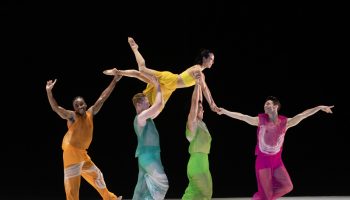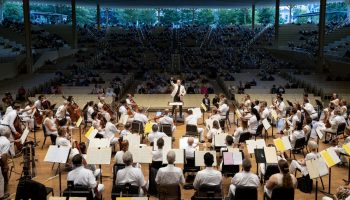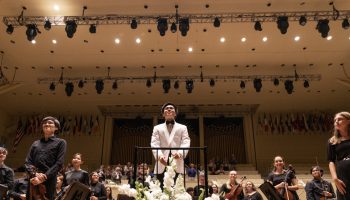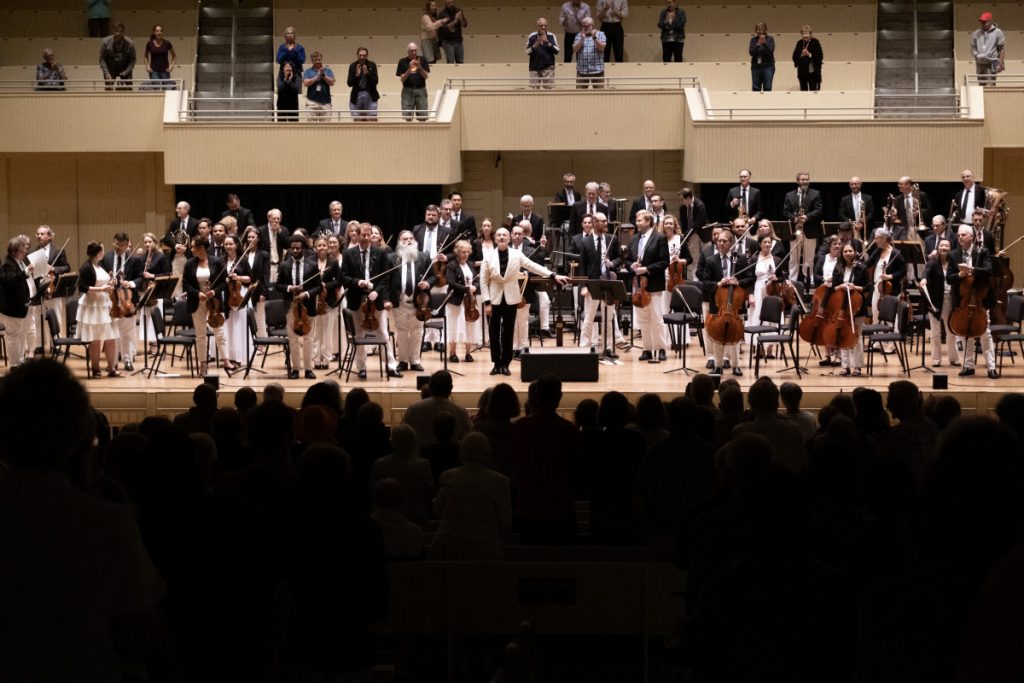
Andrew Druckenbrod
guest critic
Rarely are artistry and personality as ill-fitted as with composer Anton Bruckner.
If you asked 1,000 musicians or music lovers which composer they would pick to travel back in time to meet, this 19th-century Austrian might not get a vote. Most accounts paint him as an odd bore — a country bumpkin who struggled mightily to transition from humble small-town organist to the sophisticated concert halls of Vienna. He fawned over musical luminaires (most oddly the bombastic Richard Wagner), and was conservatively devout (in the midst of that cosmopolitan society) and painfully insecure (as person and composer) — yet his music belies these qualities. Many of his works, and in particular his symphonies, possess a sonic grandeur that can sweep a listener away. Under the baton of Music Director and Principal Symphonic Conductor Rossen Milanov, the Chautauqua Symphony Orchestra performed one of his most famous, Symphony No. 4, Tuesday evening in the Amphitheater.
This is a difficult work to conduct because it is inherently uneven. It juxtaposes the boisterous and the sublime, often with no transition. It’s as if Bruckner approached the symphony like an organ, writing blocks of music for sections of the orchestra. One can imagine him manipulating stops for horn, flute, oboe, strings and the like. Most of the groupings combine sonorously with each other, as was the case Tuesday. But pulling the brass drawknob (separate from that of the horns) can be another story. It carries the risk of overpowering the rest of the forces, which was the case at times Tuesday.
The symphony starts almost in mid-conversation, with the strings whispering in quiet tremolo below a pensive horn, which entered as if from a distance intoned by Roger Kaza with tranquil beauty. Milanov allowed this first subject to grow organically, joined by the woodwinds. But this magic was cut shot with the entrance of the brass. While the rest of the orchestra essentially accompanies them in the fortissimo statements, you still need to hear it all.
If one could single out the brass statements as a track on a recording, it would be stunning. Every chord blended in extraordinary fashion. But you couldn’t hear much else. Pugnacious timpani strikes compounded the situation, but it was the arrival of the second theme that made this obvious by subtraction. As dainty strings evoked bird calls, it was as if a chamber orchestra had arrived on stage. Precision is a watchword of the CSO, and Milanov employed that as he tended to the delicacy of the music. In the development, the brass finally had its stage in the form of an exquisite chorale, and here the volume was fitting, accentuating their fusion. The recapitulation found the horn returning, this time paired with floating flute tones (played with appealing fullness), eventually reaching full force in the concluding moments with the entire horn section almost venting the first theme in grand strokes amid potent hammer chords.
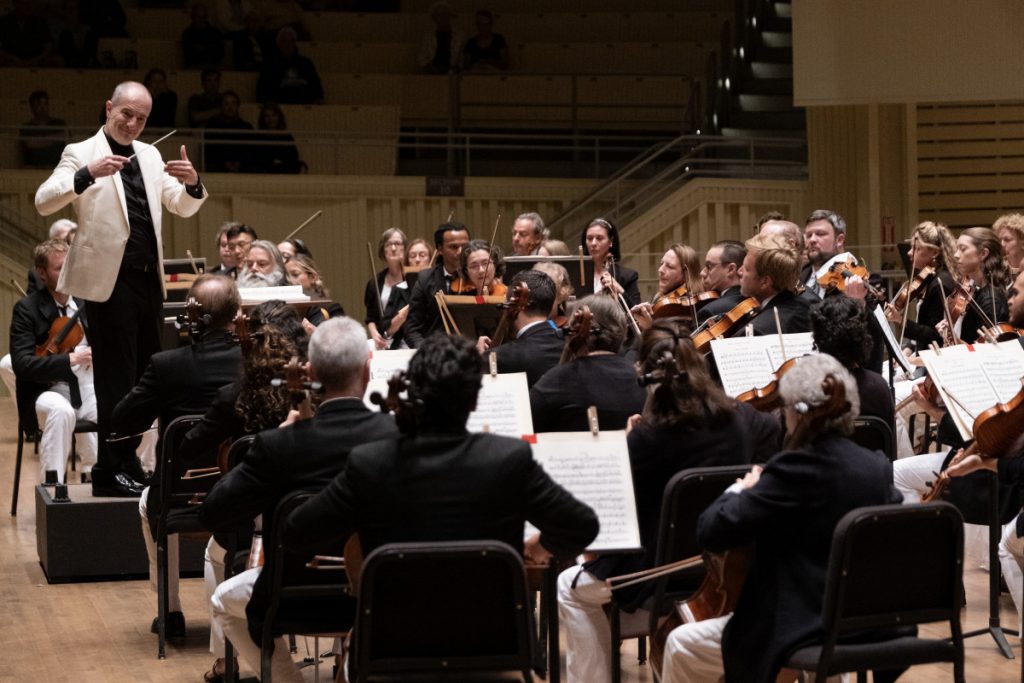
Lacking, as it does, the same intense interplay with the trumpets, trombones and tuba, it’s not surprising that the second movement was the highlight. Here, after his meager attempt at a “program” in the opening, Bruckner settles down and simply writes gorgeous music. With burnished timbre, the cellos captured that rich first melody in relaxed form before passing it on the woodwinds. Here and throughout, Milanov allowed this music to breathe. The swells were unhurried and that mournful, almost languid, viola line hovered with oaken tone.
The third movement burst back with the orchestra handling the abrupt shifts, from galloping rhythms to lyrical reflection. Perhaps not as playful as the composer thought he had achieved, the country dance in the trio was appropriately lighthearted, with excellent interplay between the woodwinds and strings. The finale was, well, a finale, with weighty pronouncements and energized lines alternating with subdued and searching music. At times, the brass again pushed the rest of the orchestra to the side, but in the end it sounded inevitable as, yes, Bruckner pulled out all the virtual stops.
Andrew Druckenbrod is a former classical music critic of the Pittsburgh Post-Gazette. He studied musicology at the University of Minnesota and is an adjunct professor at the University of Pittsburgh.


